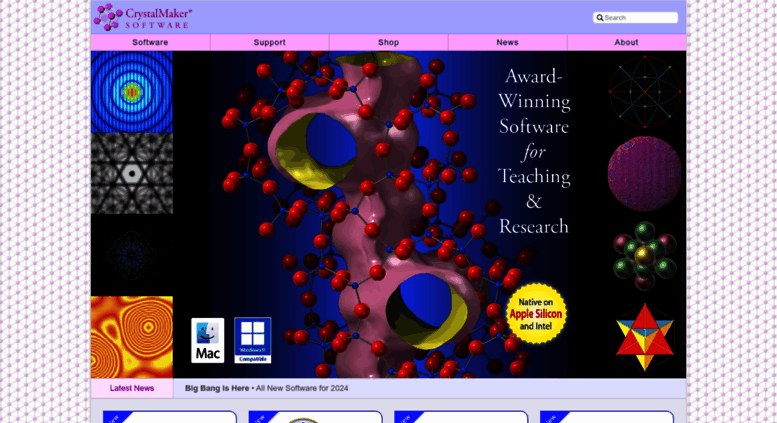
With different Tb³⁺ doping concentration, the CIE chromaticity coordinates Sr2MgSi2O7:Tb³⁺ phosphors still remain a steady position. The FESEM image of Sr1.99MgSi2O7:0.01Ce³⁺ phosphors reveal that it has a proper particle size for application in WLEDs. A red shift of wave length is clarified by crystal field theory and Van Uitert expression. Staggered arrangements of and units in the Sr2MgSi2O7 system underlie possible chemical tuning and phase segregation, providing a potential candidate of tunable luminescence. In addition, the structure of Sr2MgSi2O7 host has been analyzed by Crystalmaker program. The results show that the Sr2-xMgSi2O7:xCe³⁺ phosphors exhibit a violet-blue emission with excitation at 348 nm, whereas the Sr2-yMgSi2O7:yTb³⁺ phosphor show a green emission with excitation at 243 nm. The [M.In this research, Ce³⁺ and Tb³⁺ doped alkaline-earth silicate Sr2MgSi2O7 phosphors have been synthesized by solid-state reaction. Density functional theory calculations indicate that the dominant magnetic interaction, J 1, occurs along a malonate group via a carboxylate and links two transition metals within the same layer, while other interactions (inter- or intra-layer) are much weaker, so that these compounds present the dominant characteristics of 2D-antiferromagnets. The M = Co malonate exhibits a non-collinear magnetic structure intermediate between the two latter, with components along b and c. Magnetic moments are collinear to b for the former and more » to c for the latter. These layers are stacked antiparallel (M = Fe) or parallel (M = Mn, Ni) in the ( a, c) plane. The magnetic structures are characterized by antiferromagnetic layers perpendicular to. Neutron powder diffraction experiments reveal the establishment of a long range magnetic order at low temperature in the Pbca Shubnikov magnetic group.

While the Cu-based material is a weak ferromagnet, all other members present antiferromagnetic interactions.

In this work, the recently discovered metal-malonate compounds of formulae Na 2M(H 2C 3O 4) 2♲H 2O with M = Mn, Fe, Co, Ni are investigated for their magnetic properties.


 0 kommentar(er)
0 kommentar(er)
